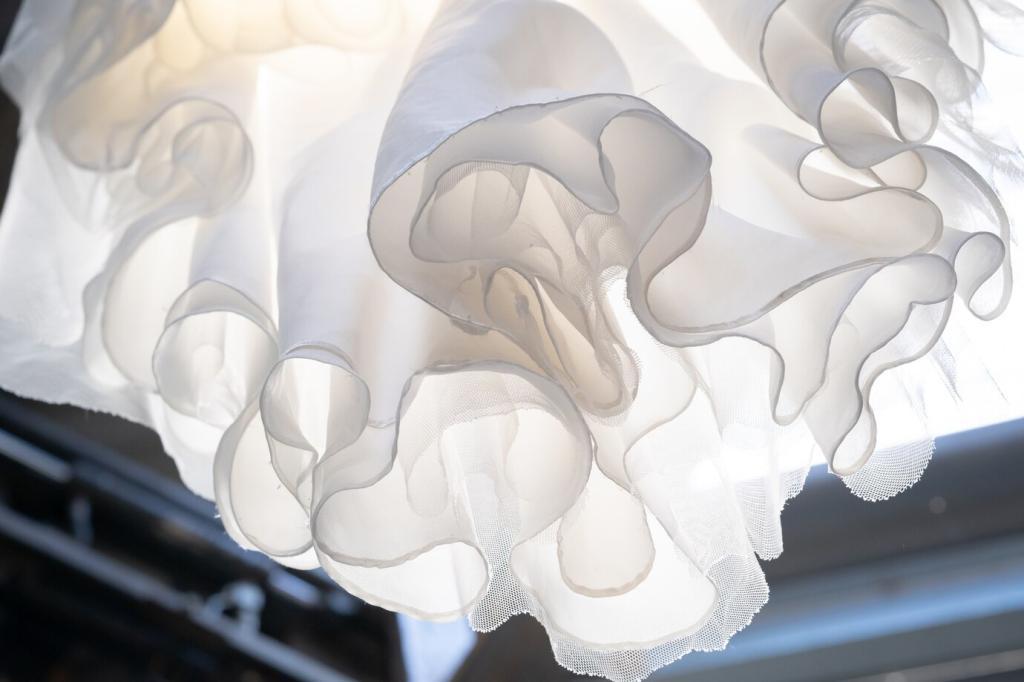Preparing Silk Sheets for Storage
Choose a formula designed for silk or delicates—no enzymes, bleach, or optical brighteners. Wash on a delicate cycle or by hand in cool water, supporting the fabric rather than wringing it. This preserves the smooth filament surface, keeps colors luminous, and prevents microscopic damage that can later appear as thinning or snags.
Preparing Silk Sheets for Storage
Rinse until water runs clear, then gently press—don’t twist—between clean towels to remove excess moisture. Air-dry flat or over a wide rack in the shade. Avoid direct sun and high heat from dryers, which can cause shrinkage and dullness. A circulating fan helps, as long as airflow is gentle and even.



